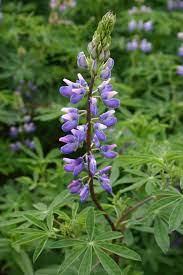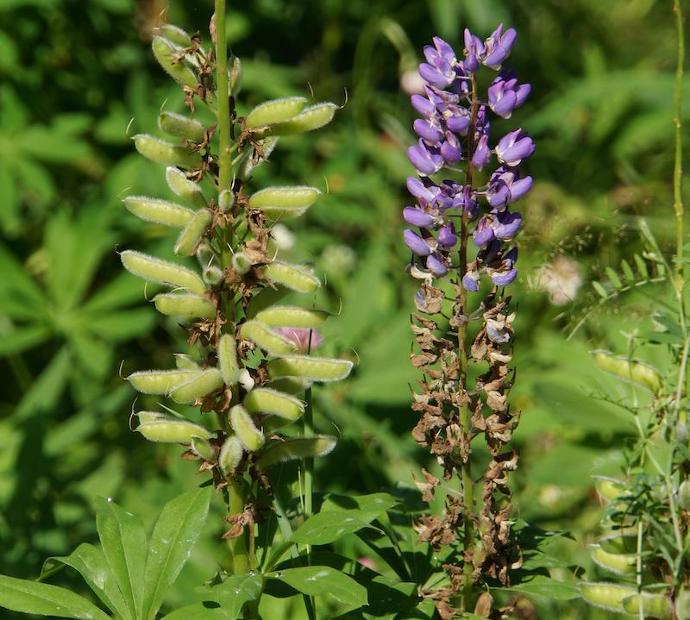Lupine Plant
Lupine (Lupinus) is a perennial that grows 1-5 ft tall, hardy in USDA Zones 4-8, prefers well-drained, sandy soil, full sun to part shade, medium moisture, and has no edible or medicinal uses.

Habit
Clump-forming
Height
0.5 to 1.0 m
Growth
Perennial
Soil
Well-drained, Sandy Loam
Shade
Full Sun
Moisture
Well-drained, acidic
Edible
No
Medicinal
Yes
Origin
North America
Climatic Condition
Temperate, Subtropical
Temperature (°)
10°C to 20°C
Humidity (%)
50% to 60%
Potting media
50% Loam, 40% Sand, 10% Compost
Fertilizers
Organic Fertilizer
Watering
Regular watering
Plant Weight
0.5 to 1.0 kg
Flowering Time
Spring to Early Summer
Soil Ph level
6.0 to 7.5
Water Ph level
6.0 to 6.5
Soil EC
0.6 to 1.0 mS/cm
Yield Per Plant
2 to 3 kg per plant
NPK ratio
04:03:02
life Span
3 to 4 years
Health Benefits
Nitrogen Fixing, Ornamental
Suggested Grow Media or Potting Mix ?
50% loamy soil, 30% compost, 20% sand
Suggested Fertigation/Fertilizers
Fertilize every 4 weeks with a balanced fertilizer.
Common Diseases and Remedies
Start writing here...
Powdery Mildew, Rust, Anthracnose, Downy Mildew, Root Rot.
White powdery growth on leaves Orange or brown pustules on leaves Dark, sunken lesions on leaves and stems Yellow spots on leaves, white mold on undersides Wilting, yellowing leaves, root discoloration
Neem oil, baking soda spray Apply sulfur, remove infected debris Prune and destroy infected parts Neem oil, garlic spray Improve soil drainage, use beneficial soil microbes
Sulfur-based fungicides, Fungicides with myclobutanil, Copper-based fungicides, Fungicides with mefenoxam, Fungicides with metalaxyl or mefenoxam.
HEALTH BENEFITS
Some species are high in protein and beneficial for heart health.

